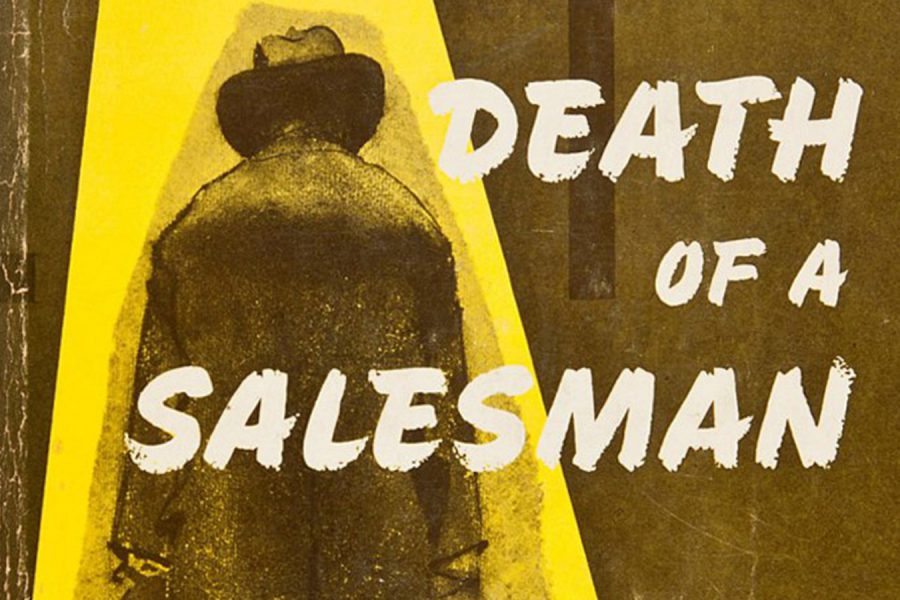On May 2, 1949, Arthur Miller won the Pulitzer Prize for a work that many critics consider one of the greatest plays of the 20th century: Death of a Salesman. Not only that, but he also won a Tony Award and the Drama Critics Circle Award, making him the first person ever to win all three of these prestigious awards for the same play.
Death of a Salesman depicts the final days of the life of Willy Loman, a lifelong salesman, as he struggles to come to terms with what he sees as a life of failure. The events of the story are intercut with flashbacks to the past, flashbacks that, by showing Willy’s big dreams and high hopes, contrast strongly with the poverty and problems he faces in the present. The study of Willy’s struggles and failures is also used as a study of the failure of the American Dream. Much of the play is an exploration of the ways in which capitalism negatively impacts the lives of working-class people like Willy Loman. The play also develops themes of illusion and reality and how indulging too much in the former can destroy your grasp on the latter, with tragic results. Death of a Salesman also has minor themes of infidelity and the nature of truth.
Since its debut, the play has been almost constantly in production somewhere in the country, in major theaters, community theaters, and even on high school stages across the nation. It has been given no fewer than four revivals on Broadway. It won a Tony Award for Best Revival on three of those occasions. It has been made into a movie on no less than 10 occasions. Despite the very American messages and themes of the play, it has been hugely popular in countries all over the world, from Germany to China.

